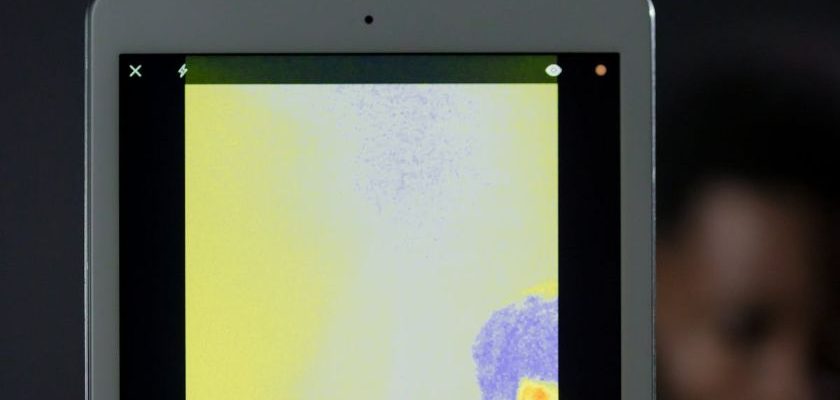Thermal imaging has become a popular tool in the maintenance industry due to its ability to detect potential issues in equipment before they escalate, ultimately preventing costly downtime and repairs. But is thermal imaging truly effective for equipment maintenance? Let’s delve into this topic further to understand the benefits and limitations of this technology.
**The Power of Thermal Imaging**
One of the key advantages of thermal imaging for equipment maintenance is its non-invasive nature. Traditional methods often require shutting down equipment and disassembling it to inspect internal components. In contrast, thermal imaging allows maintenance professionals to conduct inspections while the equipment is in operation, providing real-time data without disrupting workflow. This not only saves time but also minimizes the risk of further damage that may occur during manual inspections.
**Early Detection of Issues**
Thermal imaging excels at detecting anomalies that are not visible to the naked eye. By capturing infrared radiation emitted by an object, thermal cameras can identify areas of excessive heat or temperature variations that may indicate potential problems such as overheating components, electrical issues, or lubrication problems. This early detection capability enables maintenance teams to address issues proactively before they lead to equipment failure, extending the lifespan of the machinery and reducing the likelihood of unexpected breakdowns.
**Enhanced Safety**
Another significant benefit of thermal imaging in equipment maintenance is its contribution to safety. By identifying hotspots or malfunctioning components from a distance, maintenance personnel can avoid direct contact with hazardous areas, reducing the risk of injury or accidents. This remote monitoring capability is particularly valuable in industries where equipment operates under high temperatures or in confined spaces, where manual inspections pose safety challenges.
**Limitations and Considerations**
While thermal imaging offers numerous advantages for equipment maintenance, it is essential to acknowledge its limitations. For instance, thermal cameras may not detect certain types of defects that are not temperature-related, such as mechanical wear or structural damage. Additionally, interpreting thermal images requires expertise to distinguish between normal temperature variations and actual issues, highlighting the importance of proper training for maintenance staff utilizing this technology.
**In Summary**
In conclusion, thermal imaging is a valuable tool for equipment maintenance, providing a non-invasive, early detection method that enhances safety and prevents costly downtime. While it may not be a standalone solution for all maintenance needs, when used in conjunction with other diagnostic techniques, thermal imaging can significantly improve the efficiency and effectiveness of maintenance programs. By leveraging the power of thermal imaging technology, organizations can optimize their maintenance practices and ensure the reliability of their equipment in the long run.

